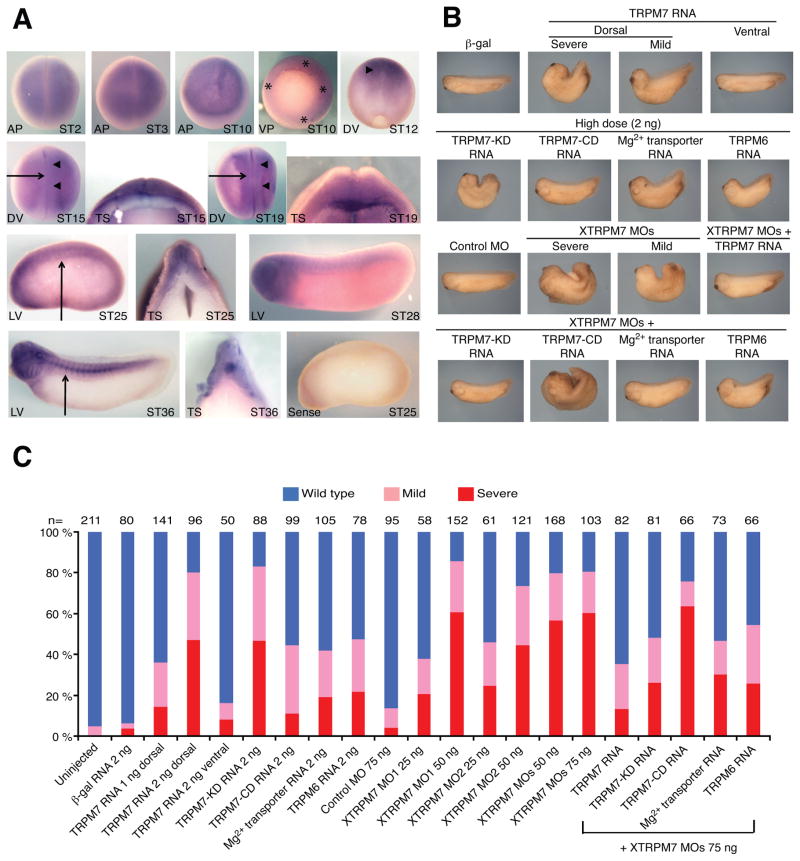Fig. 1. XTRPM7 is required for gastrulation.
(A) Expression pattern of XTRPM7 at selected developmental stages as analyzed by whole-mount in situ hybridization using a TRPM7 anti-sense probe. A sense probe was used as a negative control. XTRPM7 is expressed at higher levels in the dorsal mesoderm and neural plate (stars and arrowheads, respectively), which is associated with dynamic morphogenesis movements. Arrows indicate the region where the embryo was vertically sectioned and examined. AP: Animal pole; VP: Vegetal pole; DV: dorsal view; TS: transverse section; LV: lateral view; ST: stage (B) Injection of TRPM7 RNA (2 ng) dorsally, but not ventrally, inhibited gastrulation resulting in embryos with curved axes, open neural folds, and reduced anterior structures. Dorsal injection of the kinase-dead TRPM7-G1618D (TRPM7-KD, 2 ng), but not the channel-dead TRPM7-E1047K (TRPM7-CD, 2 ng), produced a similar phenotype. In addition, dorsal injection of TRPM6 (2 ng) and the Mg2+ transporter SLC41A2 (2 ng) RNAs also produced gastrulation defects. Dorsal injection of XTRPM7 MOs (37.5 ng each) inhibited gastrulation, and this phenotype was rescued by co-injection of XTRPM7 MOs with TRPM7 RNA (400 pg), TRPM7-KD RNA (400 pg), and TRPM6 RNA (400 pg) as well as by SLC41A2 (Mg2+ transporter) RNA (400 pg). However, co-injection of TRPM7-CD RNA with the XTRPM7 MOs did not rescue the XTRPM7 MOs-induced gastrulation phenotypes. Injections were performed into the dorsal or ventral marginal zone of the four-cell embryo, and the phenotypes were scored at the tadpole stage. (C) Quantification of the phenotypic results from overexpression of TRPM7 or depletion of XTRPM7; the number of embryos examined is shown above each bar.

